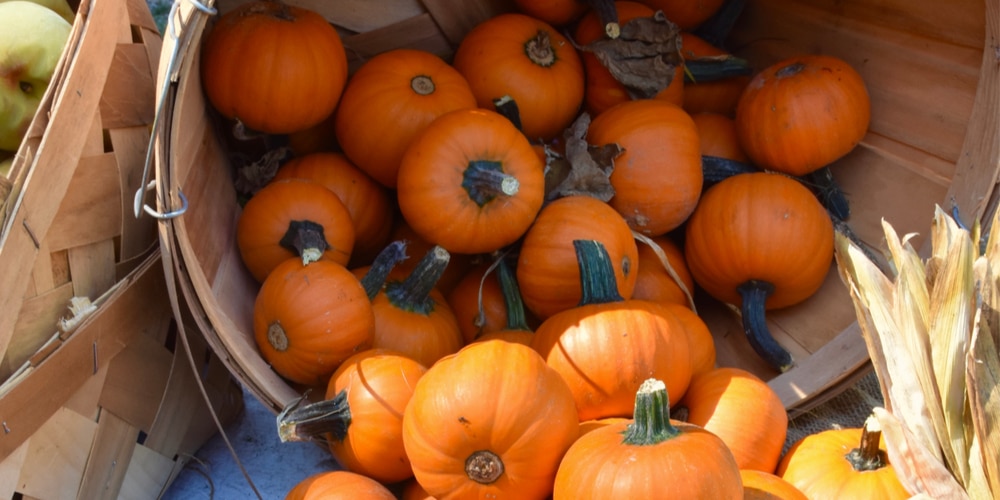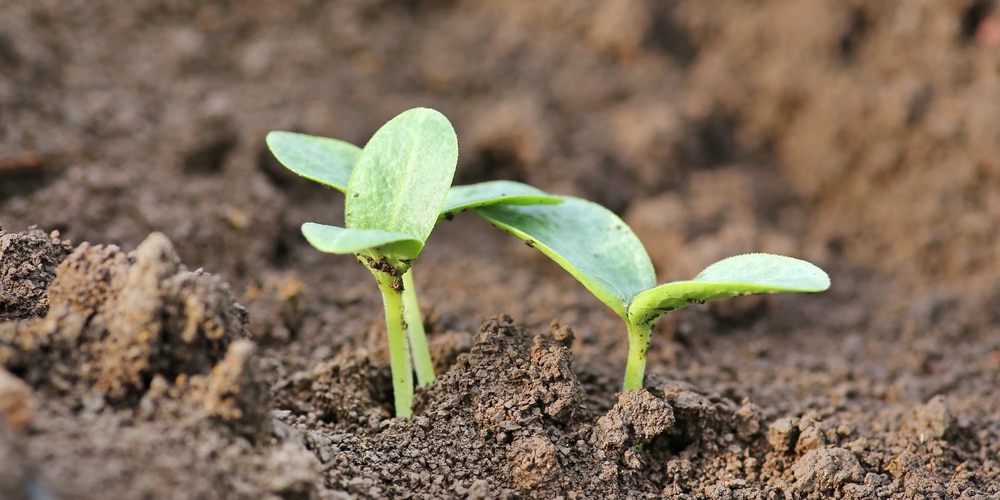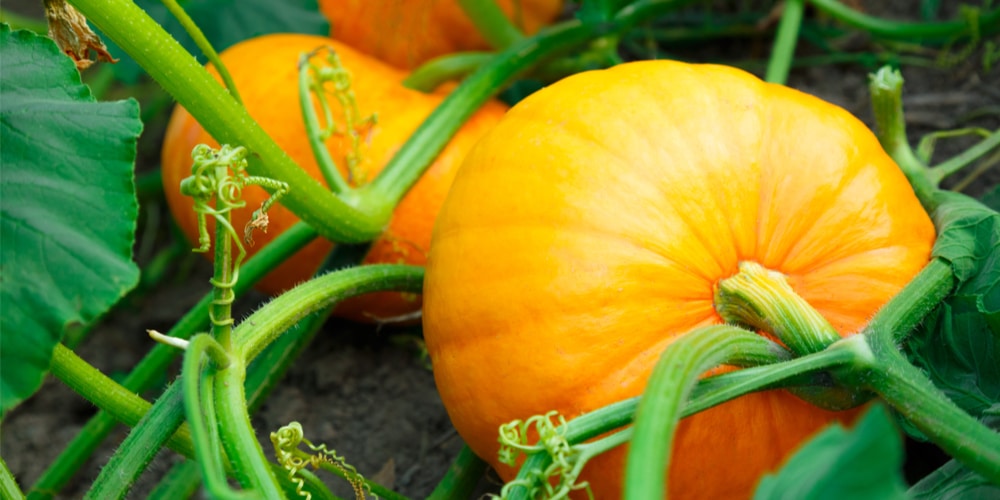Growing vegetable gardens is fun: with proper care, you’ll enjoy the fruits of your effort! If you want to add a native veggie to your yard, one of your best choices is arguably pumpkins.
After all, growing native plants means struggling less with recreating the optimal environment for their health and having fewer problems with weeds and pests.
Quick Answer
Because of Oregon’s climate, the ideal time of the year to plant pumpkins in this region is from early May to mid-June.
But besides the ideal climate, successfully growing pumpkins also involves knowing when to plant them. And that tends to change depending on your USDA hardiness zone.
If you want to know when to plant pumpkins in Oregon, keep reading. Here, you’ll find all you need to know about growing these winter squash in your region.
When to Plant Pumpkins in Oregon
Different pumpkins varieties do well in Oregon, each with slightly different growing requirements. Also, they need more or less time to mature. For instance, some require 80 days, while others may need up to 120 days.
Always check with your seeds’ instructions to count how many days you should plan for harvesting your veggies.
Because of Oregon’s climate, the ideal time of the year to plant pumpkins in this region is from early May to mid-June. The warm summers are optimal for these fruits to develop, and the mild low temperatures allow you to plant your seeds directly in the soil.
Remember that these plants are susceptible to low temperatures. Never plant them before temperatures in the ground are stable between 65 and 95F. In colder regions, you may have to wait until July for that to happen.
Don’t forget that pumpkins need plenty of nutrients to grow and adequate room to develop. Before planting them, ensure you can provide your veggies with both. Also, you can plant pumpkins in hills or rows, depending on your available space and preferences.
But to learn more about how to grow pumpkins in Oregon, jump to the following sections, where we included some of our favorite tips!
How to Grow Pumpkins in Oregon
To begin with, you must choose a spot that receives plenty of sun during the day. Plant your veggies in good quality and well-draining soil for the best results. Consider amending your substrate with organic material like compost or manure if necessary.
We recommend you test your soil before making changes: the ideal pH for growing pumpkins should range between 6.0 and 6.8. If your substrate is acidic, don’t forget to add lime to increase the pH level.
Consider giving your plants some support to grow vertically: these vegetables need plenty of space for their vines to spread. But if you don’t have a large garden, don’t worry: you can plant your pumpkins at the edges and direct the vines along the sidewalk.
We recommend you purchase a high-quality slow-release fertilizer to feed your pumpkins. Better if balanced. Add some even before seeding to encourage the development of these plants’ deep root system.
Also, remember to water your plants with at least one inch of water each week. Avoid using pesticides: bees and butterflies are essential for pollination and fruit production.
Consider adding a layer of mulch around your plants to increase water retention, keep weeds at bay, and discourage pests. Doing so will also contribute to regulating the soil temperature and prevent thermal shock to your plants.
How To Harvest Pumpkins
To boost fruit production, add a fertilizer high in phosphorous before the blooming season. We suggest you eliminate the ends of your plants’ vines after you notice the formation of a couple of pumpkins.
Doing so will allow your vegetables to focus their energy on developing fruits rather than foliage. To encourage an even shape, don’t forget to turn your fruits. Do so with care: you don’t want to hurt the vines or the stem.
Harvest your pumpkins only when they are fully mature: their skins should turn to a deep, solid color, and their stems should feel hard.
Cut the fruit off the fine using sterile scissors, and leave about 3 to 4 inches of stem. Avoid tearing as it will cause damage to the plant. Don’t forget to handle pumpkins gently to prevent them from bruising.
Consider leaving your pumpkins in a sunny spot for a couple of days: doing so will intensify the flavor of your fruits and harden their skins.
Related Article: Pumpkin Companion Plants



